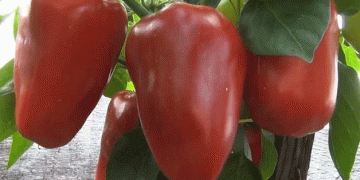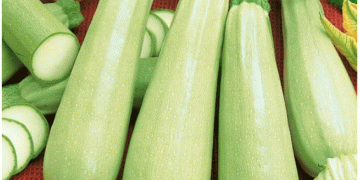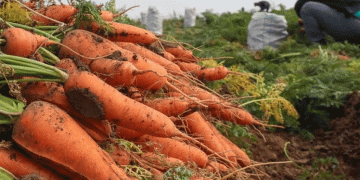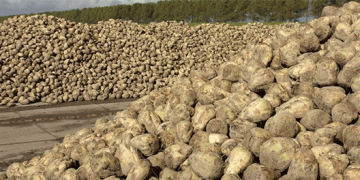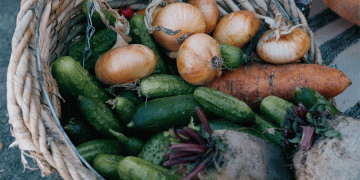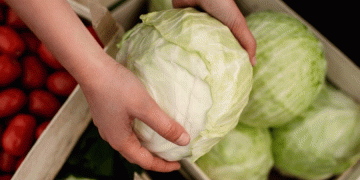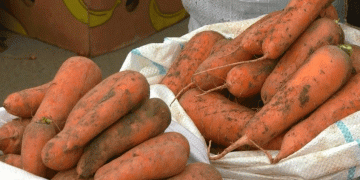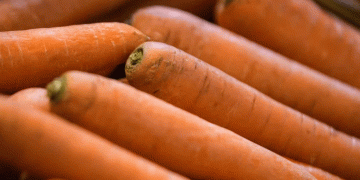Recent data from the Bundesanstalt für Landwirtschaft und Ernährung (BLE) highlights notable trends in the European bell pepper market, with prices predominantly declining despite steady demand. Here’s a breakdown of the key developments:
Supply Sources and Market Composition
- Dutch and Belgian peppers dominated the market, forming the bulk of supply.
- Turkish imports primarily consisted of green peppers, with fewer red peppers available.
- Minor contributions came from Poland and Spain, while domestic German supplies were limited, appearing only sporadically.
Price Trends and Regional Variations
- Overall Decline: Most bell pepper varieties saw price reductions, particularly red and yellow peppers.
- Frankfurt: Polish pepper prices dropped sharply from €13 per 5-kg carton on Monday to €8–€9 by the week’s end.
- Munich: Spanish peppers gained traction due to their lower price points.
- Berlin: Dutch green peppers saw a price increase, reaching €12–€16 per 5-kg carton by Friday, likely due to improved demand in favorable weather conditions.
Demand and Market Conditions
Despite the downward price pressure, demand remained stable, with some regions reporting better sales due to improved weather and outdoor consumption opportunities. However, the influx of competitively priced imports kept the market competitive.
The European bell pepper market is experiencing price corrections, influenced by shifting supply chains (notably Dutch, Belgian, and Turkish imports) and moderate demand. While some varieties, like green peppers, saw localized price increases, the broader trend points to declining prices, especially for red and yellow peppers. Farmers and traders should monitor regional trade flows and weather-related demand shifts to optimize pricing strategies.
